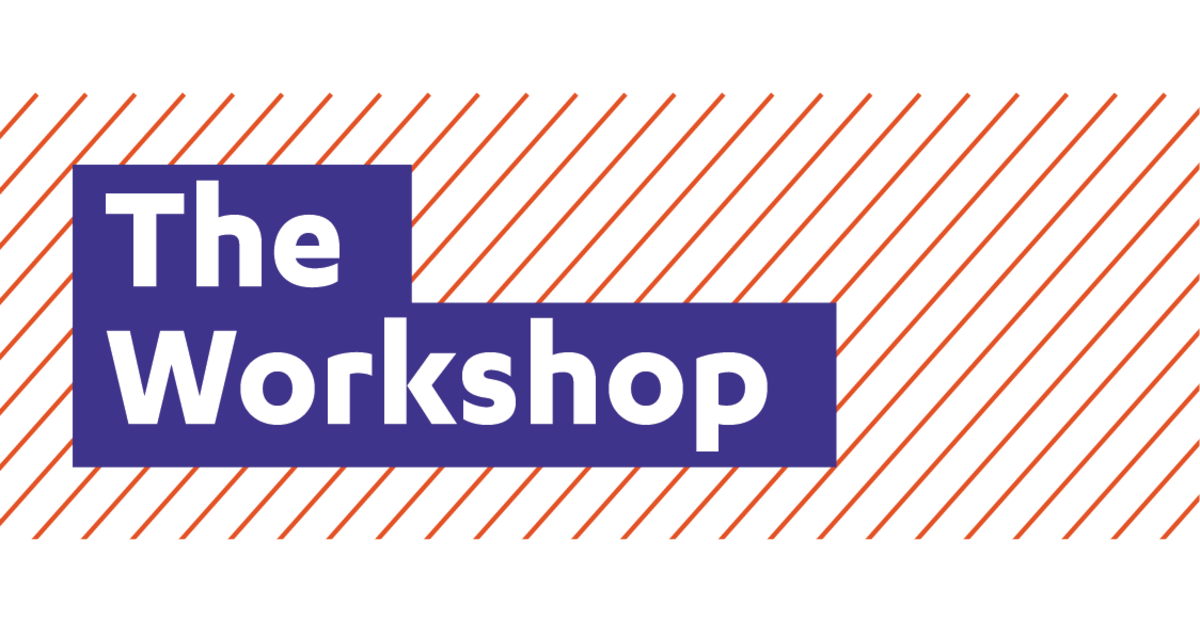Kia ora from Jordan,
When it comes to our natural environment I’m pretty confident that we all want the same thing – to ensure the wellbeing and protection of our taiao for future generations. Threats like myrtle rust pose a serious risk to the ngahere ecosystem of my own hapū and iwi whenua, so this kaupapa – supporting community-led environmental solutions through narrative change – is one I am so honoured to be involved in.
To awhi our friends at the BioHeritage Science Challenge and the kaitiaki doing this deeply important work, we are really pleased to announce the release of our new messaging guide, How to talk about co-governance of our bioheritage.
This guide has been designed to help our environmental and Treaty advocates and communicators use effective narratives and communication strategies to build support for mana whenua-led environmental management, and shared-decision making between tangata whenua and tangata tiriti in protecting our taonga species and ecosystems.
Some of the key thinking this guide can be used to help bring to the surface:
We can create legislation, policies and practices that support co-governance partnerships and actively create a healthy taiao/environment together.
When mana whenua-led kaitiakitanga is honoured, and environmental management centres on local expertise and knowledge, the benefits are collective and shared by all of us.
Through agreements that honour this work and create legal pathways to tino rangatiratanga, we can bring together distinct knowledge systems and approaches that complement each other.
Through partnership and reciprocal balanced relationships we can realise the joint hopes and ambitions that our ancestors had for their future generations in signing Te Tiriti.
How we can use narrative strategies to surface this thinking:
Lead with a concrete, shared vision of a flourishing taiao, balanced decision making and tangata whenua and tangata Tiriti thriving as a result. Be clear about the pathways to achieving this vision – co-governance might be one of these.
Don’t focus on the hard to persuade people who are in opposition to this work, look instead for and talk to people who care but need effective communications to draw them in.
Draw on self-direction and equity values to help audiences understand the importance of co-governance and tangata whenua-led environmental management.
Use a leadership frame to communicate the strengths that iwi, hapū and local communities bring to this work and how Māori leadership of shared spaces will benefit us all.
Use solidarity frames to remind tangata Tiriti of their obligations as Te Tiriti partners and how they should offer their support.
If you’d like to learn more about the project, the BioHeritage adaptive governance team are holding a webinar on the 15th of November, follow the link to register: https://register.gotowebinar.com/register/7965708174554449163
Mauri ora from Jordan and The Workshop team
For more guidance on narratives around topics such as transport, climate change, justice reform, and more, visit our website - we have freely available message guides.
If this email was forwarded to you, you can get future emails like this by signing up here.
Get in touch with operations@theworkshop.org.nz if you would like to talk to us about how we can help you with specific advice or do training for your team.



